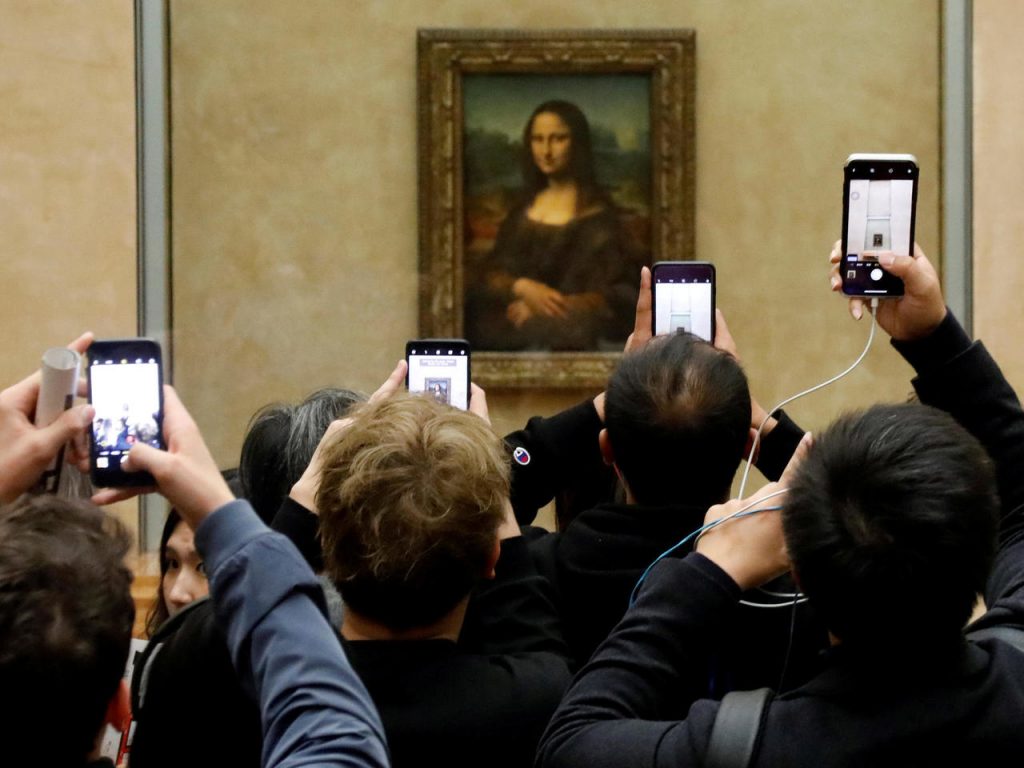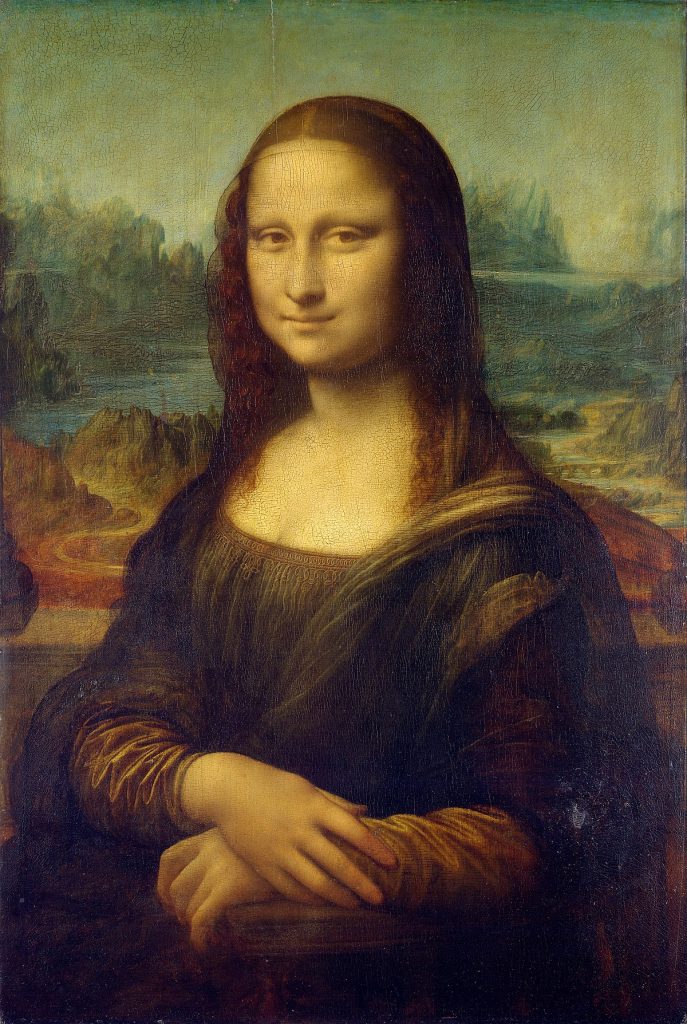Mona Lisa’s smile doesn’t change, but your mindset does
Her tricky smile and timeless allure have inspired academic study and artistic emulation for more than five centuries. The Mona Lisa-world’s most famous yet surely mystical painting has become France’s most valuable cultural heritage, but the story of Leonardo da Vinci‘s perplexing portrait is even richer than it looks.

Mona Lisa, also called Portrait of Lisa Gherardini, wife of Francesco del Giocondo, was painted sometime between 1503 and 1519, when Leonardo was living in Florence, and it now hangs in the Louvre Museum, Paris, where it remained an object of pilgrimage in the 21st century. The sitter’s mysterious smile and her unproven identity have made the painting a source of ongoing investigation and absolute fascination. The name Mona Lisa, or Monna Lisa, as the Italians prefer to spell it, roughly translates to “My Lady Lisa.” Leonardo da Vinci never completed the portrait though—when he died in 1519, it was one of many unfinished works left to his assistant.

The painting presents a woman in a half-body portrait, which is surrounded by a distant landscape. However, this description is too simply described, when it comes to Leonardo’s composition. The three-quarter view, in which the woman’s position is mostly turned toward the viewer, broke the standard profile pose used in Italian art and quickly became the new trend for all portraits, still used today in the 21st century. The subject’s softly sculptural face shows Leonardo’s skillful handling of sfumato which is the use of fine shading, and reveals his understanding of the musculature and the skull beneath the skin. The delicately painted veil, the finely drawn tresses, and the careful rendering of folded fabric demonstrate Leonardo’s deep observations and inexhaustible patience. Moreover, the sensuous curves of Mona Lisa’s hair and clothing are echoed in the shapes of the rivers and valleys behind her. The sense of overall harmony achieved in the painting—especially apparent in the Lisa’s faint smile—reflects Leonardo’s idea of the cosmic link, connecting nature and humanity, making this painting an enduring record of Leonardo’s vision. Her eyebrows are a matter of debate; some claim the subject’s lack of eyebrows is representative of high-class fashion of the time, others say her not present eyebrows, are proof, that Mona Lisa is an unfinished masterpiece.
The portrait has passed a long journey since its creation in the 16th century. French King Francis I acquired the artist’s work after his death and it became part of his royal collection. For centuries the portrait was secluded in French palaces, until insurgents claimed the royal collection as the property of the people during the French Revolution. Napoleon, had Mona Lisa hanging in his bedroom in the Tuileries Palace for about four years, beginning in 1800. It’s said his fascination with the painting inspired his affection for a pretty Italian named Teresa Guadagni, who was actually a descendant of Lisa Gherardini. The painting was then installed in its current home – the Louvre Museum, at the turn of the 19th century. It was first placed into display in 1815, inspiring a series of mystical events and breaking a lot of hearts. Mona Lisa made men do strange things, there were more than one million artworks in the Louvre collection; she alone received her own mail, with daily love letters. In 1852, an artist named Luc Maspero supposedly threw himself from the fourth floor of a Parisian hotel, leaving a suicide note that read: “For years I have grappled desperately with her smile. I prefer to die.” In 1910, a crazy lover came before her solely to shoot himself as he looked upon her, and for a long time her fans were so ardent that she was placed under police protection.

On August 21, 1911, the Mona Lisa was stolen from the Louvre. Thousands of people stormed into the museum to stare in shock at the blank wall where she once hung and leave flowers, notes, and other remembrances. Because he’d been caught buying stolen Louvre pieces before, Pablo Picasso was brought in for questioning. But the true thief would not be caught until 1913.
Louvre employee Vincenzo Peruggia was a proud Italian nationalist who smuggled the painting out under his smock because he felt it belonged to his and da Vinci’s homeland, not France. After hiding it for two years, Peruggia was busted trying to sell Mona Lisa to a Florence art dealer.
Although the oil-on-wood panel painting measures just 77 by 53 cm, Mona Lisa’s influence on French and world-wide art culture is massive, her value being absolutely priceless.